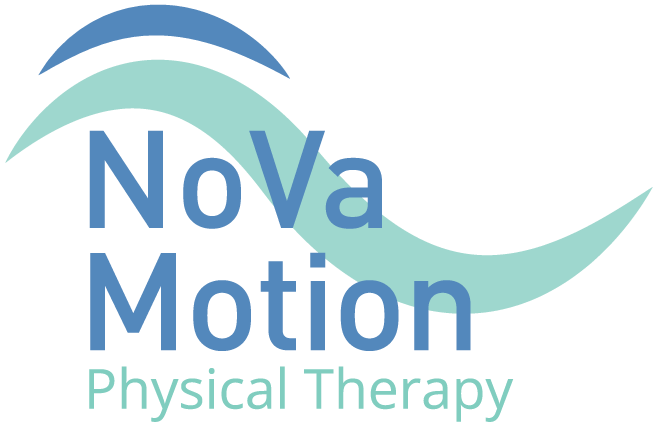Pelvic Floor Therapy for Men
Pelvic Floor Therapy for Men: Bringing Awareness and Breaking the Stigma
In honor of June being Men’s Mental Health Awareness Month, I wanted to draw attention to the pelvic floor. Pelvic floor dysfunctions in general may be a cause of emotional distress. Patients may consider their symptoms embarrassing, which affects their willingness to address concerns with their healthcare provider. There is also limited knowledge regarding the pelvic floor and is generally associated with pregnancy and postpartum populations. I’m here to tell you that all pelvises have a pelvic floor and any concerns you may have should be discussed.
Understanding the Pelvic Floor
The pelvic floor is a set of specialized muscles that form a hammock in the lower pelvis. The pelvic floor provides stability to the pelvic organs and is essential for lower core strength. Additionally, it assists with bowel, bladder, and sexual function. Though anatomy will differ slightly compared to females, the function is still the same.
Common Pelvic Floor Issues in Men
- Urinary Incontinence: This can occur as a result of either weak or tight muscles. It also may be exacerbated following prostate removal or due to aging.
- Erectile Dysfunction: Pelvic floor muscles play a crucial role in sexual function. Dysfunction can affect the ability to achieve and maintain an erection.
- Pelvic Pain: Chronic pelvic pain can affect men of all ages. It is usually due to muscle tightness and can impact daily life as well as quality of life.
- Constipation and Bowel Dysfunction: Weakness and tension in the pelvic floor and core can lead to difficulty coordinating muscles for optimal bowel function
- Post-Surgical Recovery: Pelvic floor therapy can be beneficial to men following prostate or bladder surgeries to aid in their recovery.
The Importance of Seeking Help
Despite the high prevalence of symptoms, many men hesitate seeking care. Any concerns you may have regarding bowel, bladder or sexual function should be discussed with your physician. They want to help you, but they can’t help if they don’t know the symptoms exist. They will help you rule out any medical concerns for symptoms then may refer you to physical therapy.
Physical therapy offers a non-invasive approach to help regain control over your pelvic health. A qualified pelvic health physical therapist will create an individualized approach to determine the root of the issue and how best to address your concerns. Don’t let the stigma surrounding pelvic health keep you from seeking treatment. Your health matters and it starts with opening the discussion.
